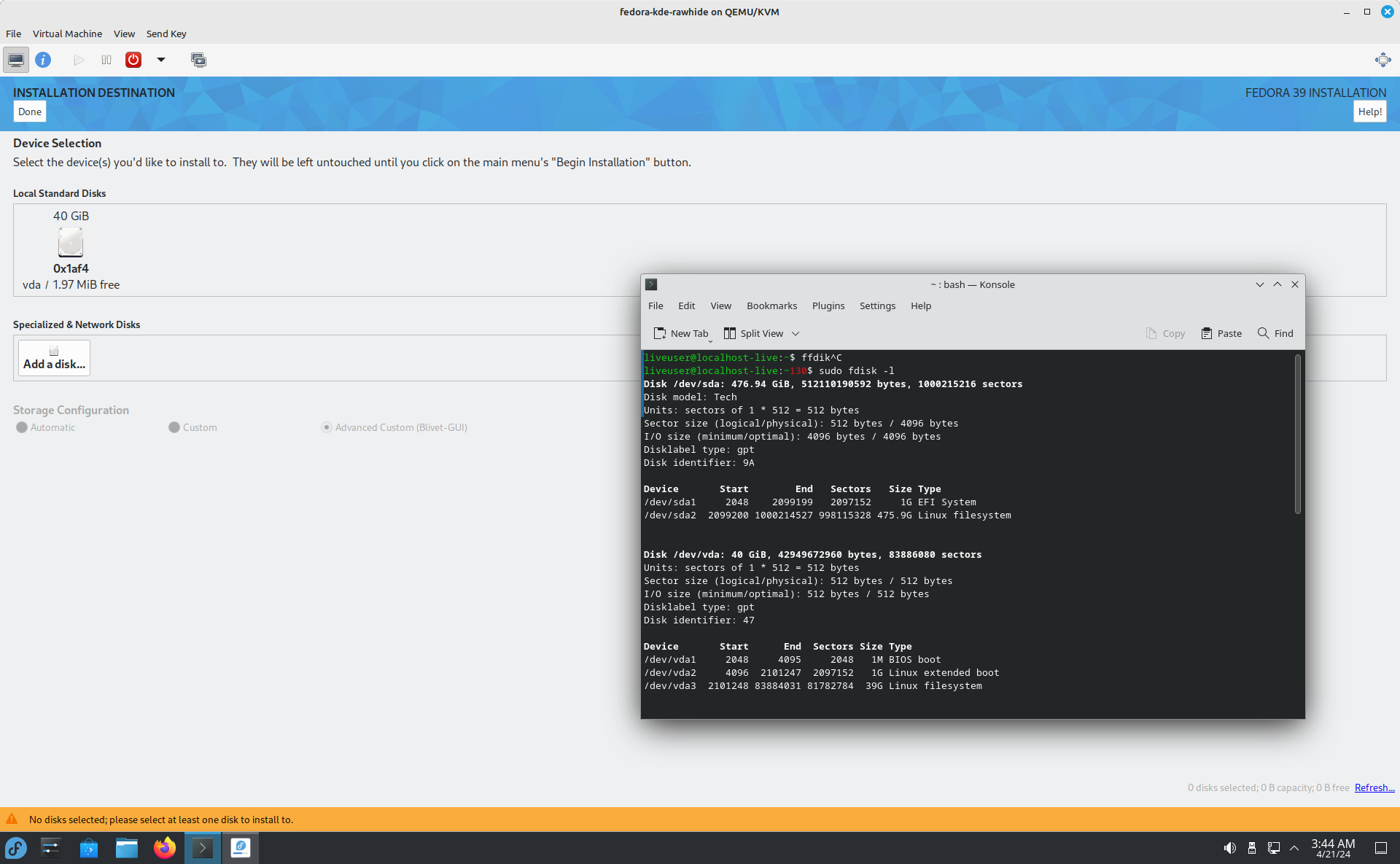It sounds like Proton VPN (or its repo) is causing issues for you. Given that it’s a paid service, you can probably contact their support.
Alternatively, you can also look for the repo file in /etc/yum.repos.d, something like /etc/yum.repos.d/file_name.repo, for Proton VPN. You can then disable it by renaming it to .repo.disabled and try again (sudo dnf upgrade in the terminal). Note: This is not really a permanent solution, as it will disable updates for Proton VPN.





We use Alma Linux at work and it’s fine, I suppose. I see two main reasons why you’d choose an EL linux distro:
Apart from those, it’s a competent distro, Red Hat know what they’re doing. If you want the equivalent to an Ubuntu LTS / Debian in the Fedora world, it get’s the job done. I quite like their approach of keeping the core OS stable while updating drivers, tools, and compilers (e.g., the kernel version number has very little meaning in RHEL).
Yes. the age of the core packages is very noticeable. The number of fully supported packages is also very small and you need to go to EPEL very quickly (at which point you’re no longer getting enterprise support…). On the plus side, it’s much more stable than Fedora in my experience.
Edit: My main recommendation for a stable distro would probably be Debian unless one of the above points applies.